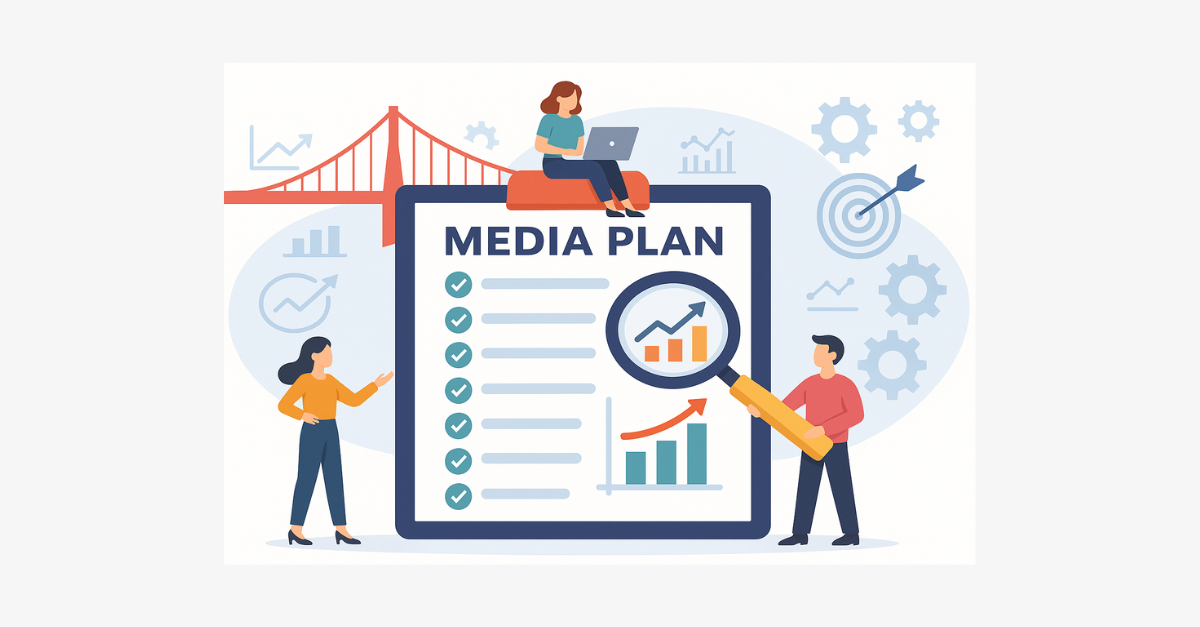Why media-planning optimization can fail – and how you can ensure it succeeds
From the outside, campaign optimization might look like it’s becoming easier in today’s media landscape.
After all, campaigns can generate real-time performance data across impressions, clicks, conversions, and sales. And access to first-party data (from retailers, publishers, and platforms) should in theory make optimization easier with closed-loop attribution connecting impressions to conversions.
But in reality, planning and optimizing campaigns is as hard as ever.
The ecosystem of platforms to manage is ballooning, saddling media planners with networks of partners who all measure and report on performance differently. Meanwhile, increasingly fragmented customer journeys, with touchpoints galore, have left media planners joining a number of dots just to get a baseline understanding of ad effectiveness.
The barriers to successful media optimization don’t end there. There’s another culprit closer to home for brands and agencies.
Media-buying operations often hamper effective campaign optimization
Media-buying operations are often as splintered as the advertising landscape, since paid search, retail media, and social teams typically use an array of disconnected tools and platforms to manage campaigns.
These siloed media-planning systems force teams to report separately, so they optimize within individual lanes of the multi-lane omnichannel highway. Agencies have to laboriously piece together fragmented data to understand how it relates to clients’ needs, then organize it into reports, before they can pull any optimization levers. And without brands and agencies receiving real-time delivery data from every channel and platform in their omnichannel campaigns, opportunities for media optimizations are delayed or even missed altogether.
Gathering actionable insights can feel an insurmountable challenge too, especially for less experienced campaign managers. Analytics tools tend to be overly complex, data sets can feel broad and impenetrable, while convoluted processes and systems leave even seasoned media planners overwhelmed. Add to that the constant drain of having to relearn adtech and martech systems every time they’re updated.
Then we come to the challenge of managing budgets across separate media-planning systems. Reports from different teams have to be manually aggregated to understand holistic ad spend across an omnichannel campaign. Those reports often conflict, and by the time the data’s been reconciled, spend management will have slipped further out of control.
Fragmented budget reporting greatly increases the potential for error. Without visibility into total ad spend or budget levels, media-planning teams can easily overspend or underspend on campaigns. Even if brands and agencies manage to miraculously dodge every one of these pitfalls, it’s impossible for media-planning optimization to be anything more than slow, reactive, and piecemeal.
Brands and agencies might be able to implement limited campaign optimizations with a disjointed approach. But try to optimize campaigns in flight, at speed and scale, across all channels, and they’ll come unstuck.
It’s like trying to run an air traffic control tower without a digital tracking system. You can only try to spot the planes in the sky, then safely guide them through landing while simultaneously coordinating with every other aircraft passing through. It’s inefficient and the consequences can be calamitous.
Instead of throwing eye-watering amounts of time and money at the problem by trying to integrate all these point solutions, there’s a simpler solution.
Media-planning optimizations need a consolidated platform
An end-to-end ad-operating system for marketers changes the game by providing a central cockpit from which to manage and optimize all your omnichannel media. It aligns your media-planning teams on campaign goals, and gives them the omnichannel visibility to deliver on those goals with targeted, effective optimization.
A unified, integrated view of omnichannel media helps planners see where adjustments to audience-targeting, channel selection, spend, and any other criteria are required. Suddenly, opportunities to optimize campaigns stop slipping under the radar.
Real-time, end-to-end visibility also enables media planners to continuously optimize in-flight campaigns and provide the immediate results clients want. This unified approach is essential for campaign optimizations at scale, bringing together metrics on ad performance and spend, no matter how many channels, platforms, and ads you’re working with.
Media planners gain the agility to shift budgets dynamically and pivot according to changing client needs. And yearly plans and initiatives are easier to repeat thanks to consistent reporting data, baselines, and definitions providing clearer insight and foundations for subsequent campaigns. For agencies, client trust becomes easier to win as a result.
An operating system for marketers like MarketerOS from Placements offers pre-built integrations and APIs that pull campaign data from your downstream systems into a complete, centralized view. Planning, activating, and optimizing campaigns from one place lets you streamline your media planning operations, rather than growing headcount.
Ever wished you had an intelligent sidekick that can help untangle omnichannel campaigns and pinpoint the most impactful optimizations? An operating system like MarketerOS can identify underperforming campaigns and recommend optimizations to generate uplifts in impression delivery and click performance. All through an easy-to-use AI copilot interface.
It’s media-planning optimization, optimized. Better still, an operating system for media-buying can simplify the entire ad ops flywheel, from planning and activation through governance, reporting, and billing.
Drop us a line to find out more about how it can make your ad-buying operation more efficient, effective, and profitable.



.png)


